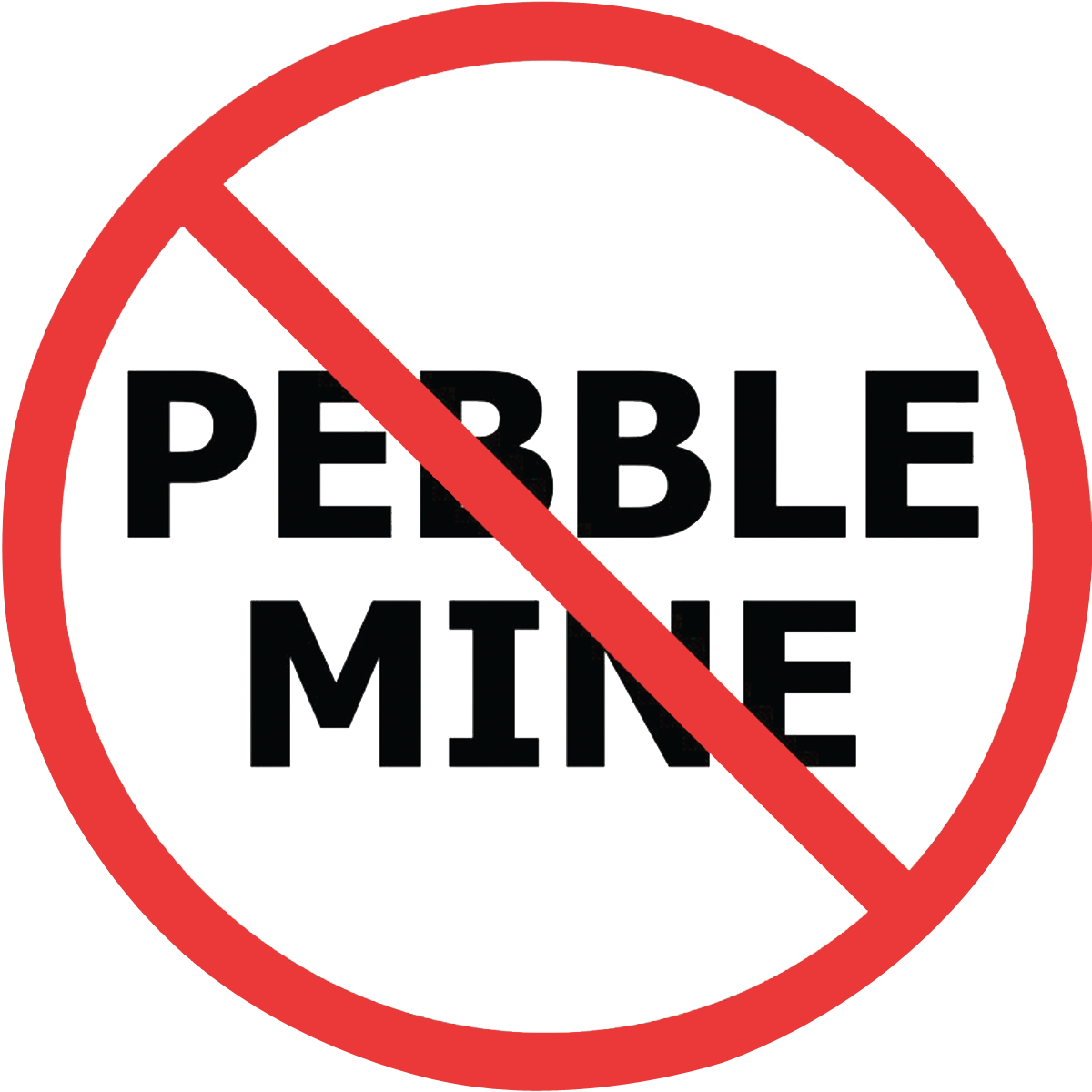View original post on American Rivers Blog here.
EPA has rescinded its prior determination that large-scale mining in Alaska’s Bristol Bay region would be harmful to salmon fishery.
Jessie Thomas-Blate | May 24, 2017
Bristol Bay. Pebble Mine.
I can’t believe we’re here again.
I suppose I should back up. We haven’t talked about Alaska’s Bristol Bay in a while because… well… things were actually going okay. If you have a memory like a steel trap, you might remember that American Rivers included Bristol Bay rivers (i.e., the Kvichack and Nushagak rivers and their tributaries) among America’s Most Endangered Rivers® in 2011. The rivers, and the world’s largest sockeye salmon run, were threatened by the Pebble Mine – a mine of staggering scale that would cause irreversible damage to clean water, salmon, and an entire way of life.
Then in 2014, the Environmental Protection Agency (EPA) said that the Pebble Mine would cause irreversible and unacceptable damage to Bristol Bay and its associated ecosystem that supports treasured salmon. More than one million people submitted comments asking for strong protections for Bristol Bay. We’re not talking about a couple of people who don’t want a mine in their backyard. Hundreds of thousands of people across the country said NO. This place is too special to contaminate and bury.
EPA agreed. They said no.
Fast forward to 2017. New Administration. New EPA Administrator, Scott Pruitt. Last week the EPA reached a settlement agreement with the Pebble Limited Partnership, a subsidiary of Northern Dynasty Minerals Ltd., which reverses EPA’s earlier decision that the project would be too detrimental to the salmon fishery.
How could a “too harmful” determination that was based on science suddenly become okay? Never mind about sustainable fish populations. Never mind about the economic livelihood of local residents. Never mind about indigenous rights. Never mind.
So… what happens next? Despite some calls for dismantling environmental regulations in Washington, DC, we fortunately do still have regulatory hurdles in place that will take time to surmount. Projects like this do not get permitted overnight. Shepherding this massive project through the permitting process will also be expensive (Pebble estimates this will cost $150 million). Alaskans are planning to stand up for themselves as well. They passed a ballot measure last year that requires any large-scale mine in the Bristol Bay region be approved first by the state legislature. The state of Alaska owns the lands where the mine would be developed.
This is by no means a done deal. What this means is that Pebble Mine is back on the radar. It could end up back on the endangered rivers list. Only time will tell.
